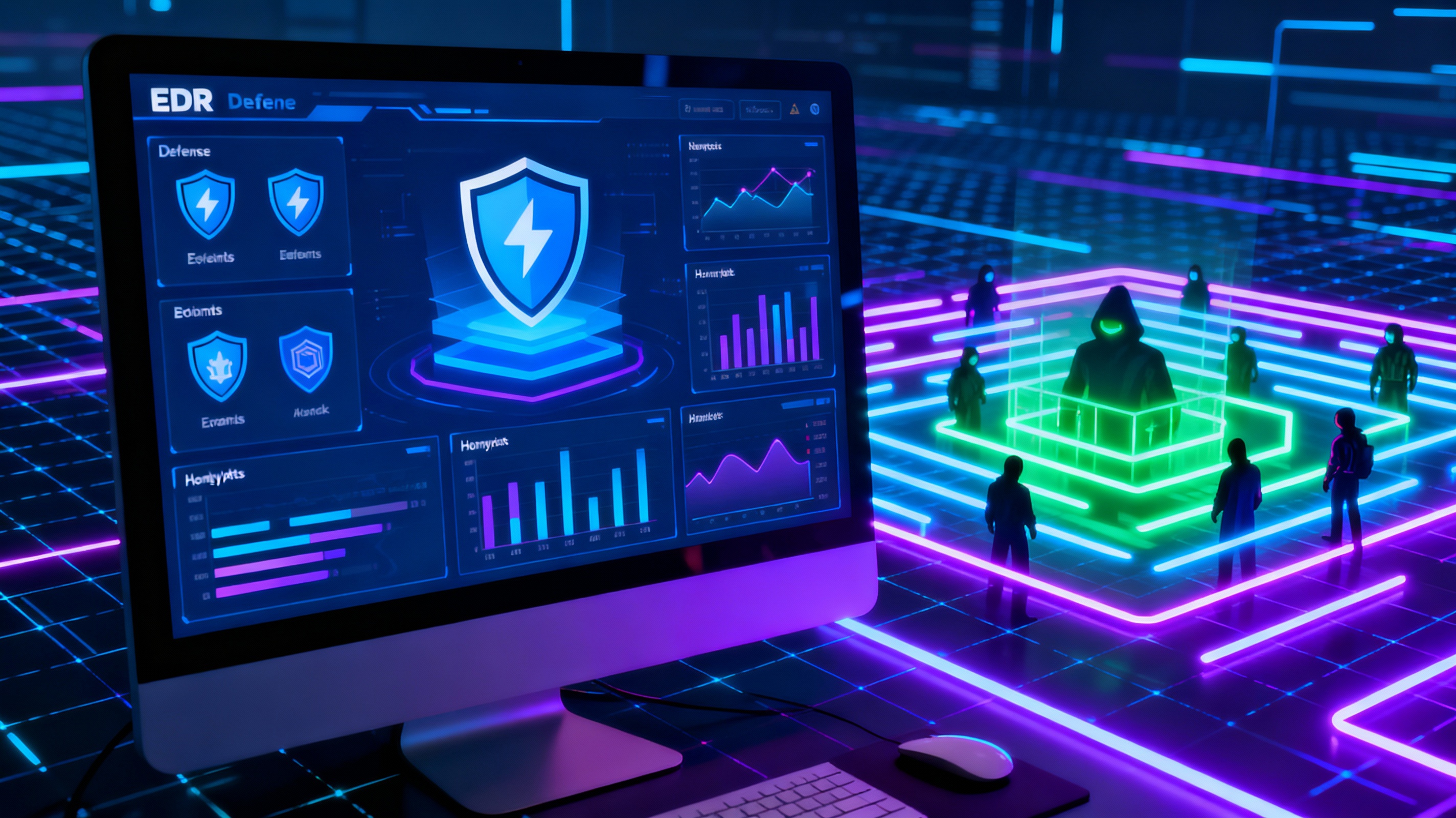Modernizing Cyber Defense

Q1. Could you start by giving us a brief overview of your professional background, particularly focusing on your expertise in the industry?
I have over 12 years of experience as an IT Business Partner, working across FMCG, telecoms, and IT services. My focus has been on aligning technology with business priorities, bridging the gap between technical teams and senior stakeholders, and ensuring that IT investments deliver clear, measurable outcomes for the business.
My expertise includes IT service management, project delivery, information security, cost optimization, and process automation. I have managed cross-functional teams and vendors, led digital transformation initiatives, and worked closely with senior leaders to shape IT strategies that drive efficiency, reduce costs, and enhance business resilience.
Q2. How do you foresee the future of cybersecurity evolving over the next 3-5 years, particularly in the areas of automation and vendor ecosystems?
In the next three to five years, I expect cybersecurity to move toward greater automation, with AI playing a central role in enabling real-time threat response. Automation will become more predictive, using machine learning to automate patch management and anomaly detection, which will significantly reduce the time between detection and response. Within vendor ecosystems, I anticipate tighter integration through open standards such as zero-trust architectures.
At the same time, vendor ecosystems will become more integrated. Organizations will increasingly require interoperable solutions that can share telemetry data and threat intelligence. This shift will encourage greater collaboration among vendors, which is essential as cyberattacks become more complex and span multiple platforms.
Q3. How are organizations leveraging AI and machine learning to enhance threat detection and proactive defense in light of increasingly sophisticated cyberattacks?
AI and machine learning are redefining the cybersecurity landscape by providing predictive capabilities rather than purely reactive defenses. Modern Security Information and Event Management (SIEM) systems now use ML algorithms to identify patterns and anomalies that might indicate insider threats or zero-day exploits.
For example, behavioural analytics tools can learn what “normal” network activity looks like and trigger alerts when deviations occur. Machine learning also enhances phishing detection, malware classification, and fraud prevention by continuously adapting to new attack vectors.
Q4. Which cybersecurity technologies have you found most effective in mitigating advanced persistent threats?
From my studies and hands-on projects, I've found Endpoint Detection and Response (EDR) platforms, combined with deception technologies like honeypots, to be highly effective against APTs. EDR tools (e.g., those from CrowdStrike or Microsoft Defender) provide continuous monitoring and automated isolation of compromised endpoints, crucial for APTs that dwell undetected for months. Deception tech lures attackers into fake environments, wasting their resources while gathering intel for countermeasures. They provide continuous monitoring, behavioral analytics, and automated remediation across endpoints, networks, and cloud environments.
Q5. Can you discuss any successful vendor collaborations focused on cybersecurity innovation or improving overall risk posture?
I have observed strong results from collaborations between cybersecurity vendors and cloud service providers. A notable example is the partnership model around Secure Access Service Edge frameworks, which combine networking and security into a unified cloud-delivered solution. This approach enables organizations to apply consistent security policies across all users and devices, regardless of location.
Collaboration between managed security service providers and in-house teams is also delivering significant value. Real-time sharing of threat intelligence and incident data improves visibility and accelerates response times. These partnerships are moving organizations from a traditional vendor-client relationship to a joint approach to defense, which is driving meaningful innovation.
Q6. Can you share examples of cybersecurity initiatives that have had the greatest impact on reducing breach risks and enhancing business continuity?
Ongoing cybersecurity awareness training is one of the most effective initiatives for reducing breach risks. When employees are equipped to recognize phishing attempts and handle sensitive data appropriately, organizations see a significant reduction in breaches caused by human error.
Equally important is Multi-Factor Authentication (MFA) and Privileged Access Management (PAM). These tools make it much harder for attackers to move laterally or gain access, even if credentials are compromised
And finally, integrating cybersecurity with business continuity planning has a big impact. Organizations that regularly run incident response simulations and recovery drills tend to bounce back faster after disruptions, not because they have more tools, but because everyone knows what to do when things go wrong.
Q7. If you were an investor looking at companies within the space, what critical question would you pose to their senior management?
I’d ask something simple but telling: “How are your cybersecurity investments actually supporting the business?”
It’s easy to spend money on the latest tools, but the real question is whether those investments are tied to measurable outcomes. Things like reduced downtime, fewer incidents, or faster recovery times. The best companies see cybersecurity as a business enabler, not just a defensive cost. If senior leadership can clearly link their security strategy to overall business growth and resilience, that’s a strong sign they understand the bigger picture.
Comments
No comments yet. Be the first to comment!
